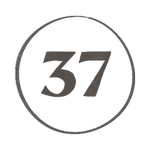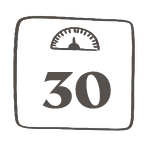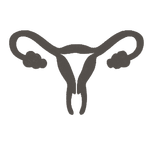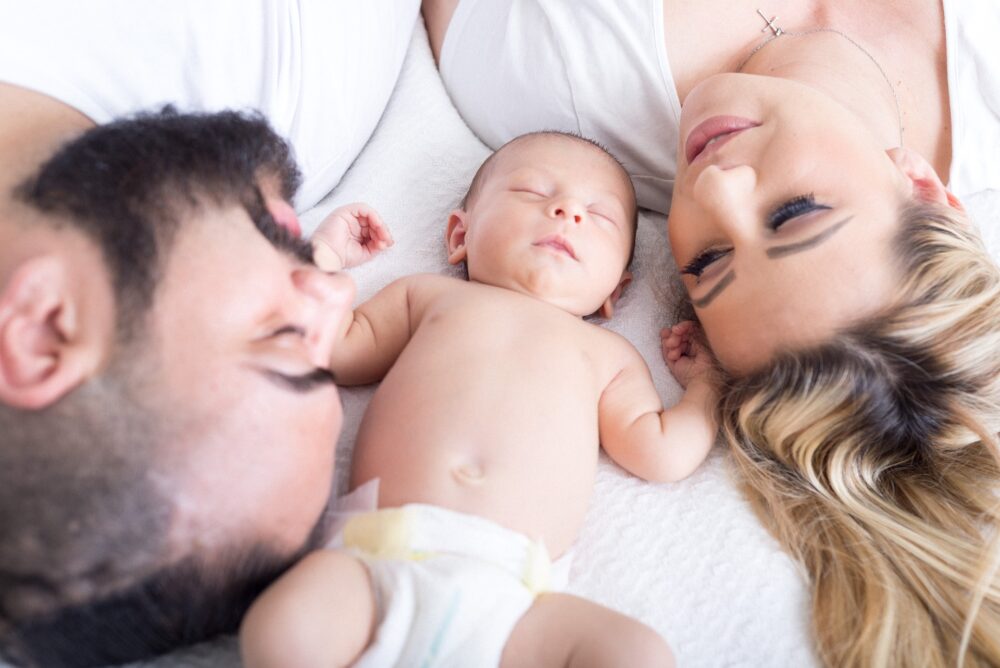PATIENT PATHWAY
Our simplified treatment programme is designed for efficiency and ease.
The treatment programme (in detail)
Although every treatment is unique, they will all follow a similar format.
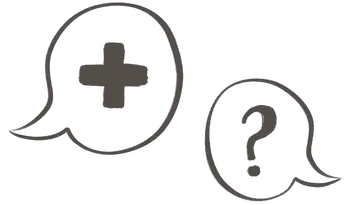
1. Nurse consultation
The nurse will confirm your medication plan and ensure you are fully informed about the process.
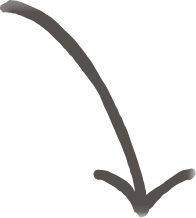

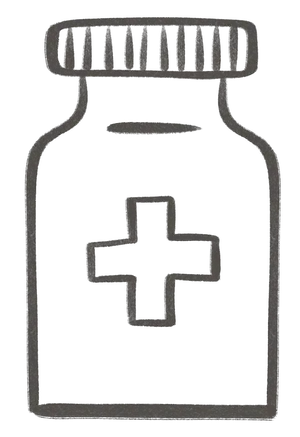
2. Medications begin
The nurse will have informed you when to take your medications. This is the stimulation phase of your treatment.
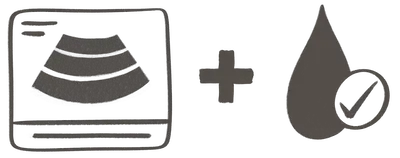
3. Monitoring scans and blood tests
Ultrasound scans and blood tests will be used to track your progress during stimulation. Your ovaries will be closely monitored to allow us to identify the correct time to collect your eggs.


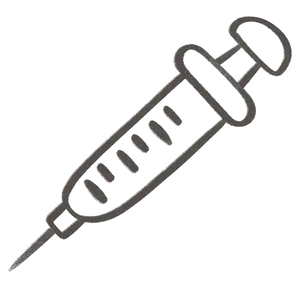
4. Trigger injection
Once your follicles have reached a certain size, you will be instructed to self-administer a “trigger injection” to encourage ovulation. Your nurse will talk you through how to correctly administer your trigger.
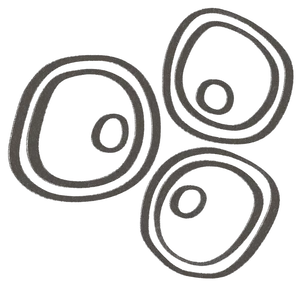
5. Egg collection
Approximately 36 hours after your trigger injection you will attend the London Women’s Clinic for your egg collection. This takes place under sedation and will take approximately 20 minutes.


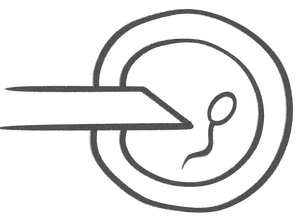
6. Embryology
The embryology team will take your collected eggs and fertilise them using IVF or ICSI depending on your treatment plan. The embryology team will carefully monitor the development of the resulting embryos using timelapse imaging.
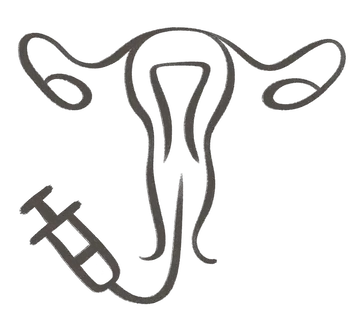
7. Embryo transfer
You will have your embryo transfer three or five days after your egg collection. The embryology team will keep you updated on the progress of your developing embryos following your egg collection. The embryo transfer procedure takes approximately 30 minutes and does not require any sedation.


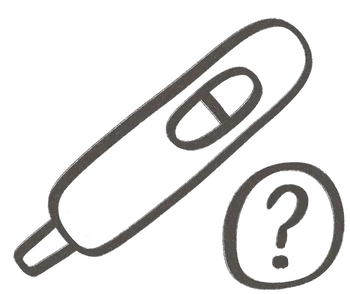
8. Pregnancy test
Two weeks after your embryo transfer you will have a BHCG blood test to measure the level of pregnancy hormone in your blood. The result will determine if your treatment was successful.
If you’d like further information or have any questions about any aspect of Kind iVF, we are here to help.
Find a clinic
World class fertility treatment is closer than you think
Support, Advice & Events
Keep up to date on all things Kind iVF, read some of our success stories and learn more about what we do and how we can help you.

